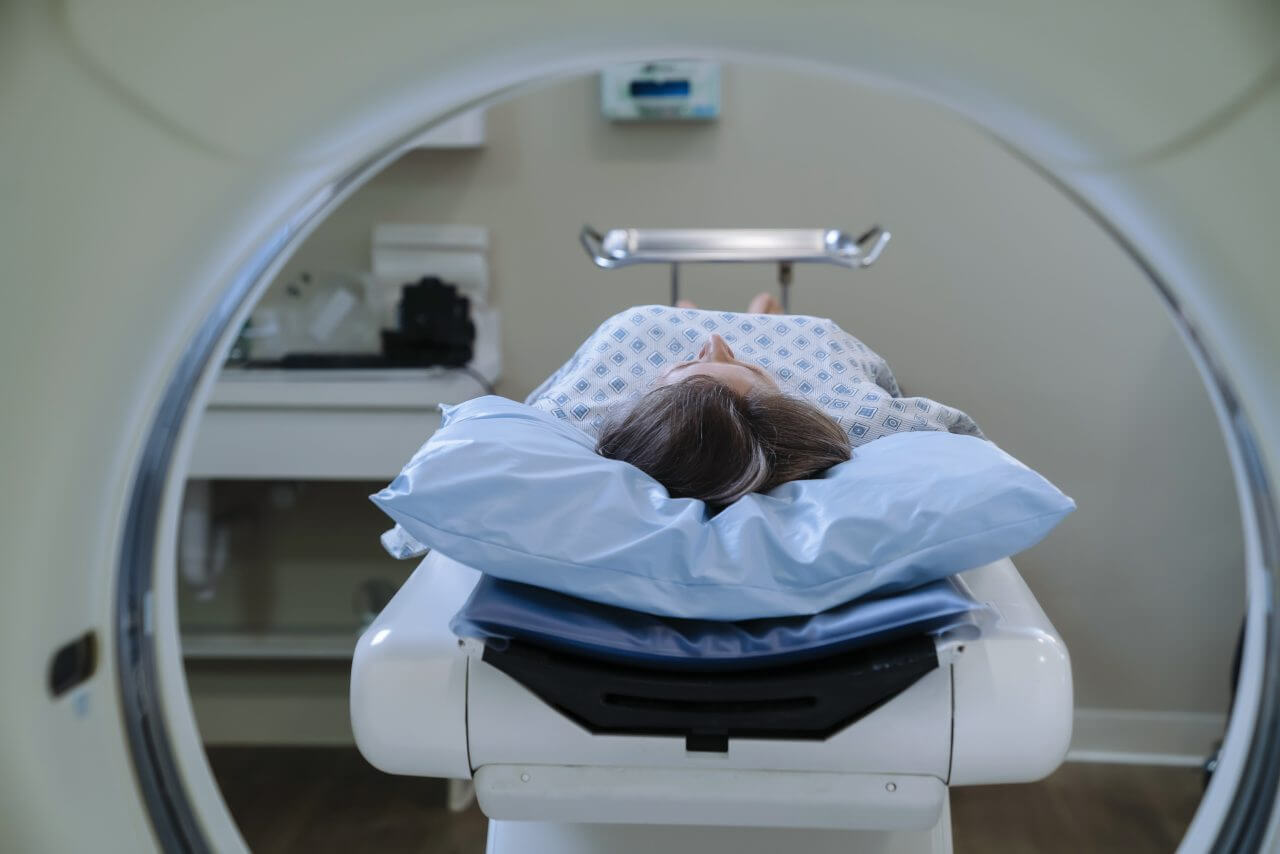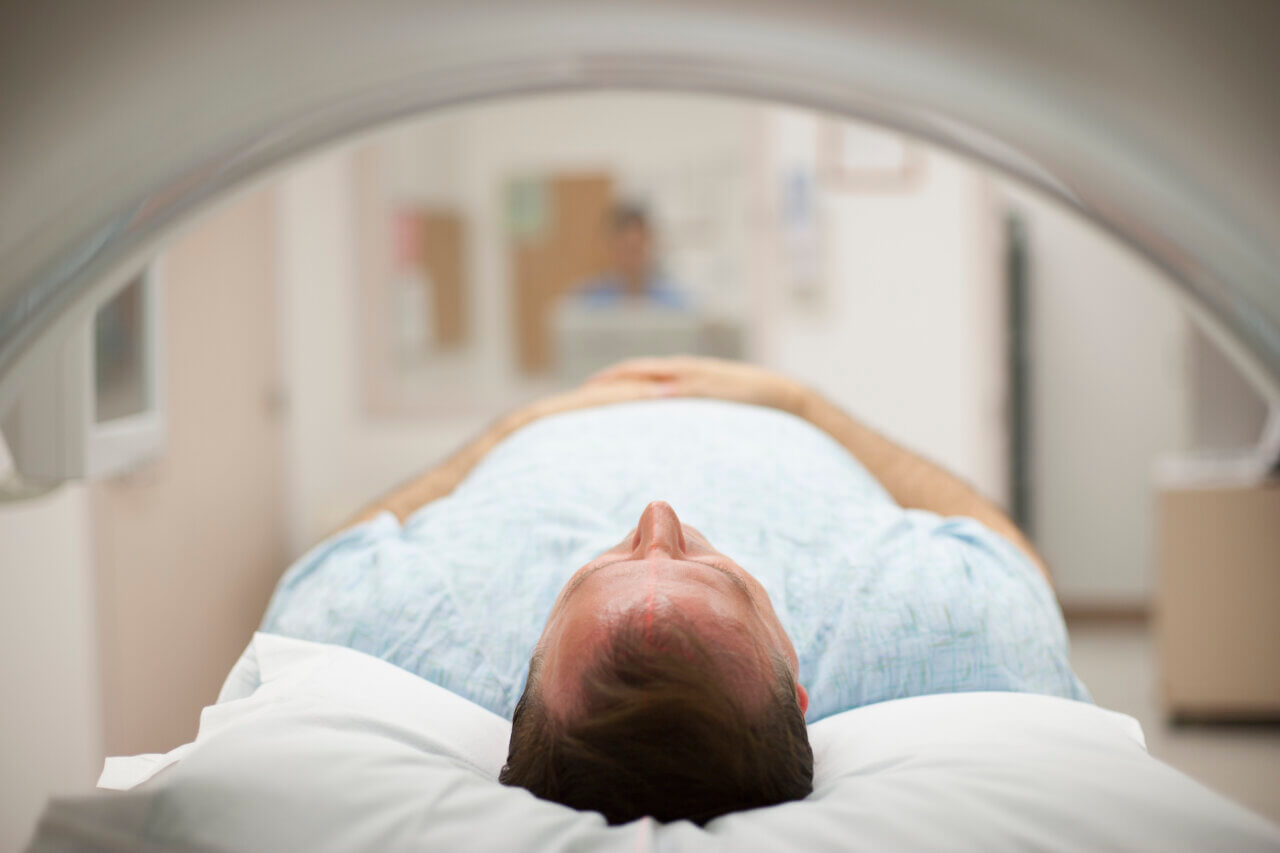PET Scan Vs. MRI: What’s the Difference

PET (positron emission tomography) scans and MRI (magnetic resonance imaging) scans are procedures that produce pictures of the inside of the body that a doctor can use to detect or track the development of medical conditions. In many cases, these scans are done in conjunction with one another to give the doctor both cellular-level and structural-level views of the area or organ in question.
What is a PET scan?
A PET scan uses a radioactive chemical called a radiotracer (or tracer) and a PET scan machine to produce images that help a doctor understand how tissues or organs are functioning. PET scans are most often used to:
- find cancer or track its progress,
- assess brain damage or disorders such as tumors, seizures, or cognitive issues,
- evaluate damage to the heart following a heart attack, or
- assess the state of coronary artery disease.
In many cases, a PET scan is used in conjunction with an MRI scan.
What is an MRI?
An MRI is an imaging technique that sends radio waves into the body, which are reflected by substances like water and fat. The waves are then captured and recorded by a device that turns this data into a detailed image of the area or organ.
Unlike a PET scan, which focuses on cellular-level activities, an MRI produces images of organs and structures. MRIs help diagnose problems in many areas, and are most commonly used to evaluate:
- Joints (including wrists, ankles, knees, and back)
- Blood vessels
- Brain and spinal cord
- Abdominal organs
- Breasts
PET Scan vs. MRI
PET scans, CT (computerized tomography), and MRIs are similar in many ways. The main difference in a PET scan vs. MRI or CT scan is that it can show cellular-level changes and issues with oxygen use, glucose metabolism and blood flow that reveal medical problems at a very early stage.
Your doctor may prescribe an MRI scan vs. a PET scan (or vice versa) based on a number of factors including:
- their familiarity with the scans
- the relative costs
- the need for soft tissue visibility
- convenience
- desire to prevent radiation exposure
Your doctor can talk with you about the PET vs. MRI decision.
PET Scan Machine vs. MRI Machine
You may find yourself wondering, is a PET scan machine like an MRI machine? While the tests are different, they are often performed on combination CT/PET or MRI/PET machines, making the process quite similar. Of these machines, CT/PET combination machines have been in use longer than MRI/PET machines, which are often more costly.
MRI vs. PET Scan Procedure
Because MRI scans and PET scans are often performed on combination machines, the procedure for each test is often very similar.
If you are undergoing a PET scan on a combination machine, you will first receive a radioactive tracer. The body can take up to an hour to absorb this substance. Next, you will lie on the table, which will slide into the machine. The machine will then begin imaging your body. This process can take up to an hour and a half, during which time you must remain still. The MRI procedure is performed at the same time. Once imaging is complete, the table will slide back out of the machine.
Standalone PET scans are administered in much the same way, minus the MRI procedure. The images they produce are less detailed than those from combination machines but are still valuable in medical analysis.
PET Scan Vs. MRI for Cancer Detection
Both PET scans and MRIs are critical tools for detecting, diagnosing, and evaluating the progress of cancer.
PET scans are good for finding early evidence of cancer because they measure vital functions, such as glucose metabolism. Cancer cells reveal themselves through their greater-than-average glucose consumption and PET scans document this consumption with the radiotracer. Medical personnel also use PET scans to track the spread of cancer in the body and to evaluate the effectiveness of treatments.
MRIs generate detailed images of soft tissues from a variety of different angles. This helps physicians detect the presence of tumors and evaluate whether they are malignant. Like PET scans, MRIs are also useful in detecting cancer’s spread and in determining whether treatments are working.
PET Scan Vs. MRI Cost
PET scans have traditionally been costlier than MRIs, though the cost difference between them has been shrinking with the ongoing improvement of scanners. The ultimate cost of any procedure depends, of course, on a wide range of factors involving the patient’s medical condition, the type of the procedure, provider contributions, and the nature of the financial or insurance agreement.
Which Imaging Test Do You Need?
Your doctor will assess your medical condition and any concerns to determine which test is right for you. It is less a question of which test is better, and more about which test best aligns with your unique needs. For example, your doctor may recommend a PET scan to see how your body is functioning in regard to blood flow, oxygenation, and metabolism of organs and tissue. An MRI can be used to determine organ shape or to assess injured or unhealthy tissue.
If you need both an MRI and a PET scan, they can often be performed at the same time.
PET Scans and MRIs at Baptist Health
Learn more about our diagnostic radiology procedures, or contact a Baptist Health imaging location near you to get started.
Next Steps and Useful Resources:



